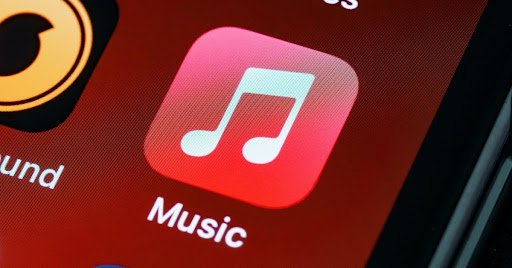Musicians have always been seen as wealthy and glamorous, but the reality is that most musicians don’t make a lot of money and struggle to make a living. The music industry has developed dramatically, with different streaming platforms, live performances, and social media becoming key income streams for musicians.
Whether you are a curious fan, an aspiring artist, or simply interested in the financial condition of the music industry, this complete article will break down the various revenue streams for musicians and what factors influence their earnings.
Earnings From Streaming Services
Streaming platform like Apple Music, YouTube, and Spotify have become primary sources of music consumption. Even though these platforms give musicians worldwide exposure, they frequently don’t generate more money, especially for up-and-coming artists.
- What is the revenue generated by streaming for musicians?
Most musicians typically earn between $0.003 and $0.005 per stream on Spotify, which is known as one of the largest streaming platforms. This means that an artist earns between $3000 and $5000 for every million streams. But this amount is further divided among producers, songwriters, and occasionally record companies.
Single sales and Albums
As digital music has grown, physical album sales have declined over time. Nonetheless, vinyl records have become popular again, and some fans still prefer to buy albums or singles in physical or digital format.
- Digital sales:
Artists can sell single tracks or albums on websites such as iTunes. After platform costs, musicians typically make between $7 and $10 each album or $0.70 per track. With direct-to-fan services like Bandcamp, where musicians set their own prices, artists retain a larger portion of their earnings.
- Physical sales:
There are still musicians who may make money from physical things, such as vinyl, CDs, and limited-edition box sets. Even while production and shipping expenses can reduce income, independent artists who sell directly to fans can keep a bigger percentage of the sales.
Touring and Live Performances
Live performances remain one of the most reliable income sources for musicians. Whether it’s intimate gigs or arena tours, the largest concerts ever provide opportunities for both direct income and fan engagement.
- How much do musicians make from concerts?
Depending on the size of the venue and ticket sales, a small independent musician could earn $500 to $5,000 per event. On the other hand, major artists performing in large festivals or venues can earn millions per tour.
- Merchandise sales:
Additionally, concerts are excellent venues for musicians to sell stuff. Posters, t-shirts, and other branded goods can bring in extra cash. Depending on the size of the performance, it is not unusual for musicians to make between $5,000 and $50,000 on every tour selling merchandise alone.
Royalties
Royalties are a critical income stream, especially for those musicians who write their songs. There are many types of royalties that musicians can earn:
- Performance royalties:
When their music is performed in public, such as on the radio, in dining establishments, or live, musicians are compensated with performance royalties. These royalties are gathered on behalf of artists by performance rights organizations (PROs) such as ASCAP, BMI, and SESAC. These can range from a few hundred dollars to several thousand dollars annually, depending on radio play, foreign performances, or internet streams.
- Mechanical royalties:
Every time their music is copied, whether through digital streaming or physical sales, artists get paid mechanical royalties. Usually, publishers and composers split this revenue.
Social Media and YouTube Revenue
With such platforms like TikTok, YouTube, and Instagram, musicians have new ways to monetize their content. YouTube ads, in particular, can generate a steady income, although it’s highly dependent on engagement and views.
- Earnings from Youtube:
YouTube advertisements bring in between $1,000 and $2,000 for musicians for every million views. This can turn into a steady source of money for an artist who regularly produces content and has a devoted fan base. Additionally, a musician’s total income can be increased by collaborations, sponsorships, and affiliate marketing on these sites.
Advances and Record Deals
One of the conventional paths to significant success for musicians is to sign record deals. These agreements do have trade-offs, though. Artists frequently receive an advance when they sign with record labels. This is a one-time payment that is subsequently recovered through album sales, streams, and other sources of income.
- How much do artists make from record deals?
The sum is determined by the label’s investment and the artist’s negotiating strength. For independent artists, advances can range from $10,000 to more than $1 million for well-known performers. But it’s crucial to remember that musicians usually don’t begin making money from their sales until the advance has been reimbursed.
Conclusion
A musician’s earnings can vary greatly based on several factors, including genre, level of notoriety, business savvy, and sources of money. When streaming, performances, merchandising, and crowdfunding are combined, an independent artist’s yearly income could be anywhere between $20,000 and $100,000. Conversely, well-known celebrities can quickly earn millions through brand collaborations, royalties, and tours.



